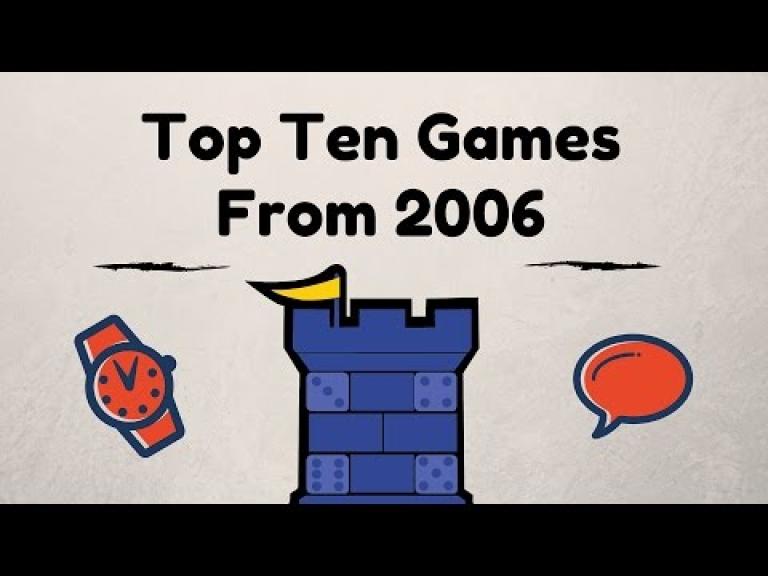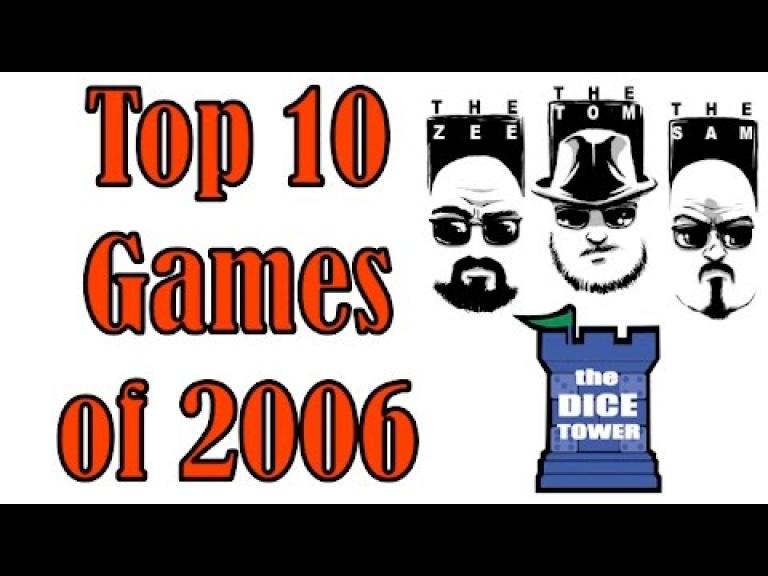Shogun

Shogun
Japan during the Sengoku or “Warring States” Period (approx. 1467-1573): each player assumes the role of a great Daimyo, leading their troops to conquer the provinces of the Japanese islands.
Each Daimyo has the same 10 possible actions to develop his kingdom and score points. Each round, the players decide which of their actions are to be played out and in which of their provinces. If battle ensues between opposing armies, the unique Cube Tower plays the leading role: cubes (representing troops) from both sides are thrown in together, and those that fall out at the bottom show who has won immediately. Owning provinces, temples, theaters, and castles means points when scores are tallied. Whichever Daimyo has the highest number of points at the end of the game becomes – SHOGUN!
Shogun is based on the Wallenstein game system. The game is an international edition with language-independent components and five language-dependent rule booklets.
Re-implements:
Wallenstein
Each Daimyo has the same 10 possible actions to develop his kingdom and score points. Each round, the players decide which of their actions are to be played out and in which of their provinces. If battle ensues between opposing armies, the unique Cube Tower plays the leading role: cubes (representing troops) from both sides are thrown in together, and those that fall out at the bottom show who has won immediately. Owning provinces, temples, theaters, and castles means points when scores are tallied. Whichever Daimyo has the highest number of points at the end of the game becomes – SHOGUN!
Shogun is based on the Wallenstein game system. The game is an international edition with language-independent components and five language-dependent rule booklets.
Re-implements:
Wallenstein
Player Count
3
-
5
Playing Time
90
-
120
Age
12
Year Released
2006










